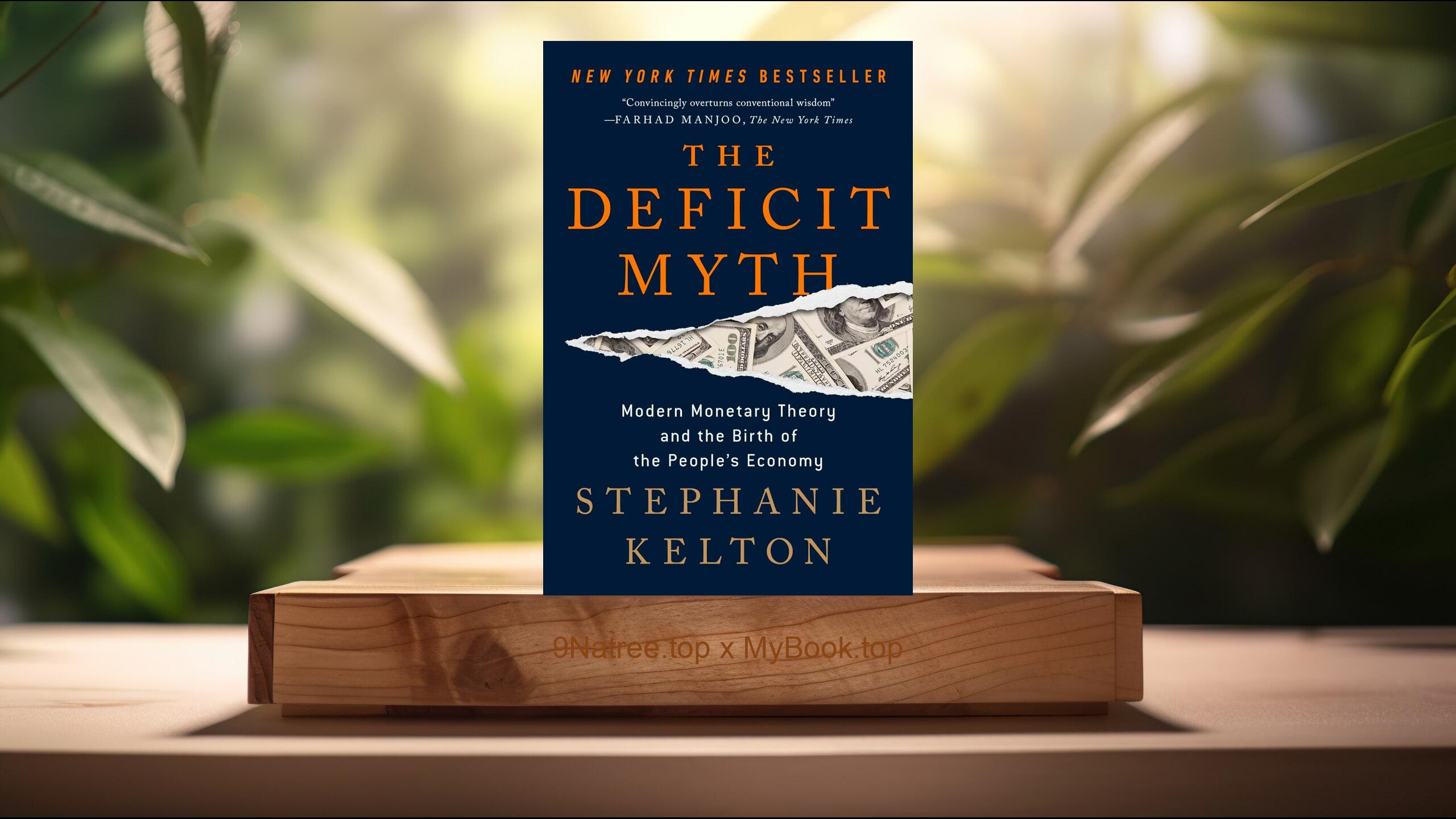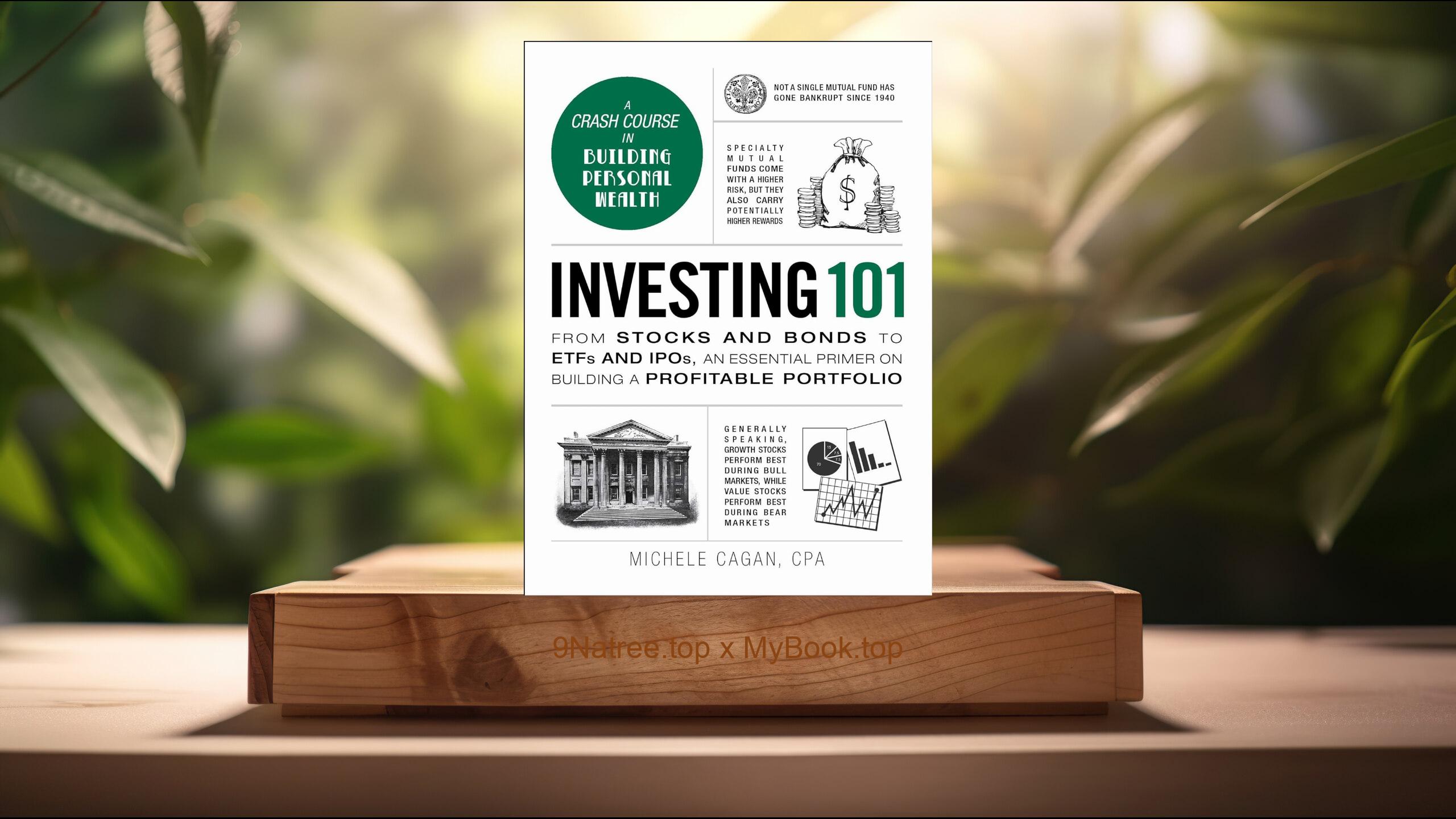Show Notes
- Amazon Books: https://www.amazon.com/dp/B099CQN4LZ?tag=9natree-20
- Apple Books: https://books.apple.com/us/audiobook/the-lords-of-easy-money-unabridged/id1583509752?itsct=books_box_link&itscg=30200&ls=1&at=1001l3bAw&ct=9natree
- eBay: https://www.ebay.com/sch/i.html?_nkw=The+Lords+of+Easy+Money+Christopher+Leonard+&mkcid=1&mkrid=711-53200-19255-0&siteid=0&campid=5339060787&customid=9natree&toolid=10001&mkevt=1
- Read more: https://mybook.top/read/B099CQN4LZ/
#FederalReserve #QuantitativeEasing #WealthInequality #AssetBubbles #MonetaryPolicy #EconomicStability #FinancialCrisis #InterestRates #TheLordsofEasyMoney
These are takeaways from this book.
Firstly, Quantitative Easing and Its Impact, Quantitative Easing (QE) is a form of monetary policy where the Federal Reserve buys government securities or other securities from the market to lower interest rates and increase the money supply. Leonard critically examines how the Fed's QE programs, especially post-2008 financial crisis, were intended to stimulate the economy by making money cheaper to borrow. However, Leonard argues that while QE did help stabilize the financial system, it also contributed to wealth inequality by inflating asset prices, benefiting those who already owned assets like stocks and real estate. Additionally, by keeping interest rates low for a prolonged period, the Fed encouraged riskier investments, fostering conditions that could lead to financial bubbles and instability.
Secondly, The Fed's Role in Income and Wealth Inequality, Christopher Leonard highlights the growing income and wealth inequality in the United States, pointing to the Federal Reserve's policies as a contributory factor. The book illustrates how decisions taken at the highest levels of monetary policy disproportionately benefit the wealthy, who are more likely to own stocks and other assets that appreciate in value due to low interest rates and quantitative easing. This exacerbates the wealth gap, as lower-income individuals, who predominantly rely on wages, do not benefit equally from these policies. Leonard suggests that these dynamics have also affected social cohesion and trust in institutions, as more Americans become aware of the uneven playing field.
Thirdly, Asset Bubbles and Financial Instability, Leonard dedicates significant attention to analyzing how the Federal Reserve's policies have contributed to the formation of asset bubbles, posing risks to financial stability. By keeping interest rates at historically low levels, Leonard posits, the Fed has inflated the prices of assets like real estate and stocks beyond their fundamental value. This creates a wealth effect, leading to increased spending based on perceived wealth, which can abruptly reverse if asset prices decline. Leonard warns that these bubbles, when they burst, can lead to economic downturns, as seen in the 2008 financial crisis, and argues that the Fed's policies have made the economy more susceptible to such shocks.
Fourthly, The Fed's Independence and Political Pressures, The book explores the concept of the Federal Reserve's independence, arguing that, in practice, it faces significant political pressures that can influence its decision-making. Leonard delves into the history and structure of the Fed to show how its mandate and the appointment process of its leaders make it susceptible to political influences, both direct and indirect. He discusses instances where political considerations may have affected monetary policy decisions, suggesting that the Fed's claim to independence is more complex than it appears. This tension between independence and political reality is depicted as a critical factor in understanding the challenges and controversies surrounding the Fed's actions.
Lastly, The Debate Over Federal Reserve Policies, One of the compelling aspects of 'The Lords of Easy Money' is Leonard's coverage of the debate within the Federal Reserve and among economists about the appropriacy and effectiveness of its policies. Leonard presents the arguments for and against the use of unconventional monetary policies like QE, low interest rates, and the Fed's recent moves towards more 'dovish' policies aimed at supporting employment. Critics argue these policies can lead to unintended consequences such as market distortions and moral hazard, while supporters believe they are necessary to support the economy and ensure liquidity. Leonard uses this debate to underscore the complexity of monetary policy and the varied impacts it can have on the economy and society.
![[Review] The Lords of Easy Money (Christopher Leonard) Summarized](https://episodes.castos.com/660078c6833215-59505987/images/1775689/c1a-085k3-9244vprri12-4lghyl.jpg)




